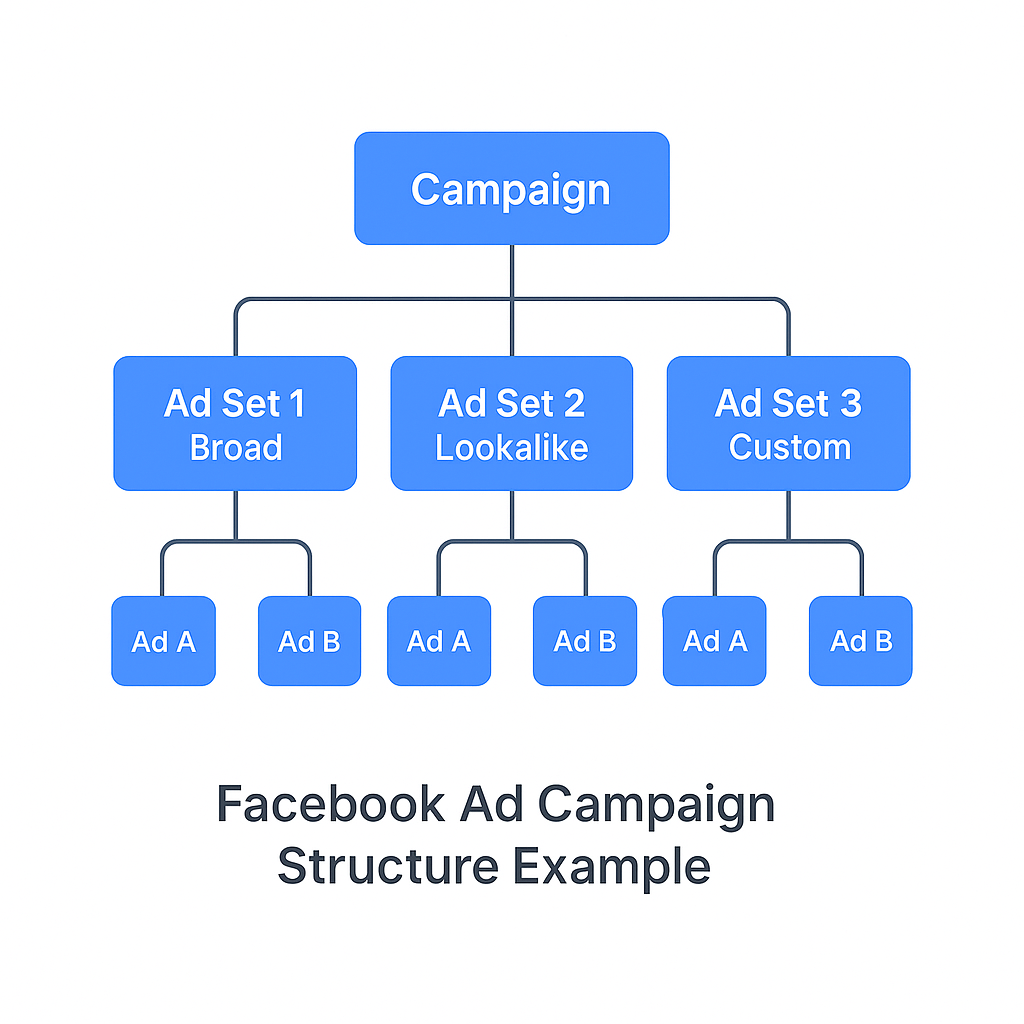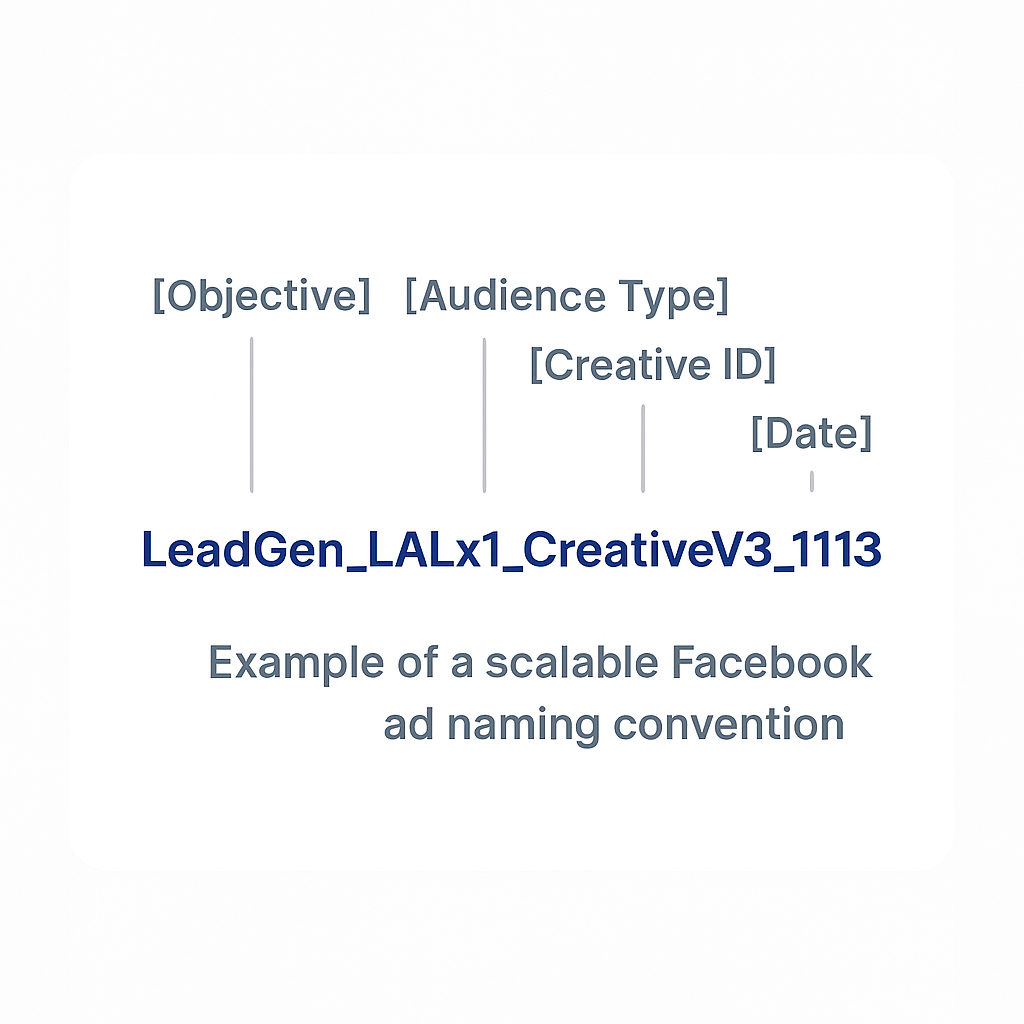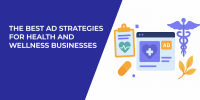Running ads shouldn’t feel like throwing spaghetti at the wall. But that’s how most campaigns are launched—with unclear objectives, chaotic targeting, and way too many variations.
If your results fluctuate wildly or your performance drops the moment you scale, the problem probably isn’t the platform. It’s your campaign structure.
Let’s walk through how to simplify your ad strategy, not just to make it cleaner, but to make it smarter.
1. Define a Singular Objective And Structure Around It
One of the most common reasons campaigns underperform is due to misaligned goals.
Your ad objective should determine everything that follows. This includes:
-
Optimization settings;
-
Creative approach;
-
Campaign naming conventions;
-
Budget distribution.
Before you select a campaign objective, make sure you’re clear on your actual business outcome. Are you optimizing for leads? Purchases? Video views?
If you’re unsure what to pick, this guide breaks down Meta Ad Campaign Objectives Explained: How to Choose the Right One.
Remember:
-
If your goal is lead generation, structure your campaign with lead forms, strong mid-funnel copy, and short conversion paths;
-
If you’re focused on sales, make sure pixel events are properly mapped, and avoid asking for too much too soon.
Overcomplicating objectives often leads to the "learning limited" trap—which you can avoid by reading How to Finish the Facebook Learning Phase Quickly.
2. Use Proven Campaign Structures (Not Just What Feels Right)
A clean structure isn't just easier to manage — it delivers clearer data.

Here’s a simple but high-performing structure for lead generation:
-
Campaign Level: One goal (e.g., "Lead Gen - Cold Traffic");
-
Ad Set Level: Segment by audience type (Broad, Lookalike, Custom);
-
Ad Level: Two to three creative variations maximum per ad set.
This setup gives the Meta algorithm room to optimize, while still letting you analyze audience performance in isolation.
Looking for templates? Try this breakdown of The Best Facebook Ad Campaign Structures for Lead Generation.
Avoid running more than five ad sets per campaign if your daily budget is under $100. You’ll dilute performance signals and risk hitting the "Ad Set May Get Zero" issue due to insufficient learning.
3. Minimize Creative Chaos: Focus on Signal Strength
More isn’t better when it comes to testing. Too many creatives can:
-
Stall the learning phase;
-
Fragment results across variations;
-
Make it impossible to identify what worked.
Instead, structure tests around one core variable at a time:
-
Test Hook A vs. Hook B, while keeping the offer and audience constant;
-
Swap static image vs. short-form video, not both plus a new copy angle.
Prioritize creative clarity at the top of the funnel — your prospect should understand the what and why within three seconds.
Need better assets fast? Here are The Best AI Text and Image Generators.
4. Segment Campaigns by Funnel Stage, Not by Demographics
Stop running cold and warm audiences under the same campaign umbrella.
 Use a consistent naming format like
Use a consistent naming format like LeadGen_LALx1_CreativeV3_1113 to quickly identify objective, audience, creative version, and launch date across campaigns.
Instead, map out your funnel and assign one campaign per stage:
-
Top of Funnel: Broad targeting, engagement-focused creative;
-
Middle of Funnel: Custom audiences from video views, page visits, or quiz completions;
-
Bottom of Funnel: Add-to-cart abandoners, product page viewers, email subscribers.
Each stage needs a different offer, CTA, and creative tone. This strategy is at the heart of Facebook Ads Funnel Strategy: From Audience Identification to Conversion.
If you're not seeing enough movement from TOFU to BOFU, your segmentation might be too shallow.
5. Monitor Metrics That Actually Reflect Structure Quality
Once your campaigns are running, focus on the right performance indicators:
-
CTR (Click-Through Rate): Shows creative-audience match;
-
Cost per Result: Tied to objective; don't compare leads to purchases;
-
Conversion Rate on Landing Page: Helps isolate ad vs. page issues;
-
Frequency: Critical for warm audiences. Over 3.0? Time to rotate creative.
Avoid obsessing over irrelevant metrics like CPM in isolation. And if your campaign stops delivering altogether, revisit this checklist: Why You See 'Ad Set May Get Zero' on Facebook and How to Fix It.
Final Thoughts
Simplifying your ad strategy doesn’t mean dialing it back. It means removing guesswork.
By narrowing your objective, cleaning up your structure, and eliminating noise in your tests, you give the Meta algorithm what it needs most:
-
Clean signals;
-
Stable optimization windows;
-
Reliable patterns across ad sets.
Consistency isn’t the result of doing more. It comes from doing fewer things flawlessly.

